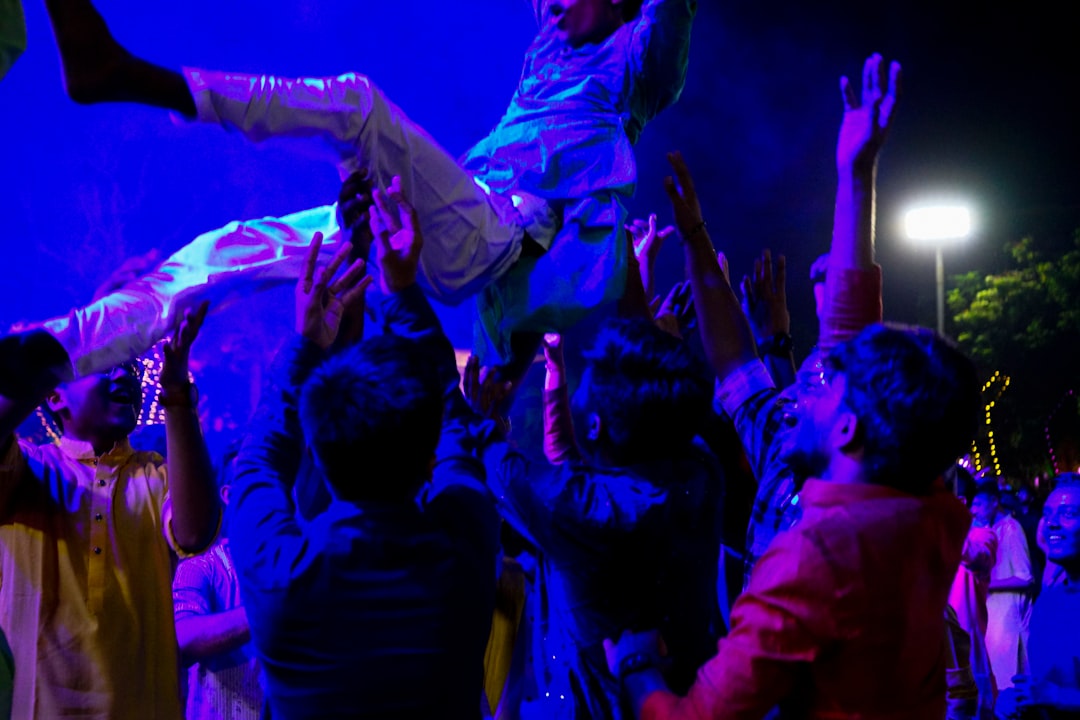No products in the cart.
The Creative Renaissance: How India’s Entertainment Sector is Shaping Careers in 2025
India’s creative industries are transforming careers in 2025, blending talent and technology in unprecedented ways.
Mumbai, India — As the sun sets over the iconic skyline of Mumbai, the city comes alive with the buzz of creativity. From Bollywood blockbusters to vibrant web series, India’s entertainment sector is not just a cultural phenomenon; it’s a burgeoning career landscape that is transforming the professional lives of millions.
In 2025, the intersection of creativity and digital innovation is paving the way for a new generation of professionals. With the rise of streaming platforms and an increasingly global audience, opportunities in media and entertainment are expanding at a breakneck pace. The question on everyone’s mind is: how will this reshape careers, skills, and workplace culture?

The numbers tell a compelling story. According to a report by the KPMG India, the media and entertainment sector is expected to reach ₹2.23 trillion (approximately $30 billion) by 2025, driven largely by digital consumption and the youth’s insatiable appetite for diverse content [1]. This surge is not just about financial growth; it’s about the democratization of creative expression.
In a country where storytelling is an ancient art, the digital age has unleashed a torrent of voices. Creators from small towns are finding platforms to showcase their talents, breaking barriers that once seemed insurmountable. Take the story of Priya Sharma, a 24-year-old filmmaker from a modest background in Uttar Pradesh. With a simple smartphone and an innovative spirit, she produced a short film that went viral on social media, garnering attention from major production houses. “I never thought my dreams could reach this far. The internet has given me wings,” she says, her eyes sparkling with ambition.
This surge is not just about financial growth; it’s about the democratization of creative expression.
However, as opportunities multiply, so do challenges. The industry is grappling with questions of diversity, equity, and inclusion (DEI). While the creative workforce is becoming more varied, representation behind the scenes still lags. A recent survey by the Indian Film and Television Directors’ Association revealed that only 30% of directors are women [2]. This disparity raises important questions about the narratives being told and who gets to tell them.
Moreover, the gig economy is reshaping traditional employment structures. Freelancers and contractors are becoming the backbone of the entertainment sector, often working on multiple projects simultaneously. Yet, this shift comes with its own set of uncertainties. Job security is elusive, and benefits like health insurance are often out of reach. As the landscape evolves, so too must the systems that support these creative workers.
In response, many organizations are beginning to embrace a new work culture that values flexibility and creativity. Companies like Netflix and Amazon Prime Video are not just hiring talent; they are fostering environments conducive to innovation. “We focus on building teams that are diverse and inclusive, where every voice matters,” says Rajiv Malhotra, a senior executive at a leading streaming platform. This ethos not only attracts top talent but also encourages collaboration, leading to richer content.
The global implications are significant. As Indian content gains traction worldwide, the export of culture becomes a lucrative avenue for career growth. Young professionals are now finding opportunities not just within India, but across the globe. For instance, the rise of Indian animated series has opened doors for artists and animators to collaborate with international firms, further enriching their skill sets and professional networks.
Looking ahead, the landscape of careers in India’s creative industries is poised for further evolution. With advancements in technology, such as virtual reality and artificial intelligence, the ways in which stories are told—and the skills required to tell them—will continue to change. Young professionals must remain agile, adapting to new tools and trends while honing their creative instincts.
For instance, the rise of Indian animated series has opened doors for artists and animators to collaborate with international firms, further enriching their skill sets and professional networks.
As we move deeper into 2025, the call for a more inclusive and equitable media landscape resonates louder than ever. The future of work in India’s entertainment sector isn’t just about thriving in a digital economy; it’s about ensuring that every voice is heard, every story is told, and every dream is given the chance to soar. As Priya Sharma reflects, “We are all creators in our own right. The world is listening, and it’s our time to shine.”











